{:it}La città di Ancona ha un primato mondiale in ambito culturale.
A darle la possibilità di conquistare questo primo posto sono due persone con un handicap piuttosto grave che hanno saputo fare di necessità virtù. Si tratta di Daniela Bottegoni e di Aldo Grassini, due coniugi non vedenti con la passione dei viaggi, della cultura e dell’arte, a cui si sono avvicinati con sensibilità e attenzione utilizzando i sensi a disposizione, primo tra essi il tatto.
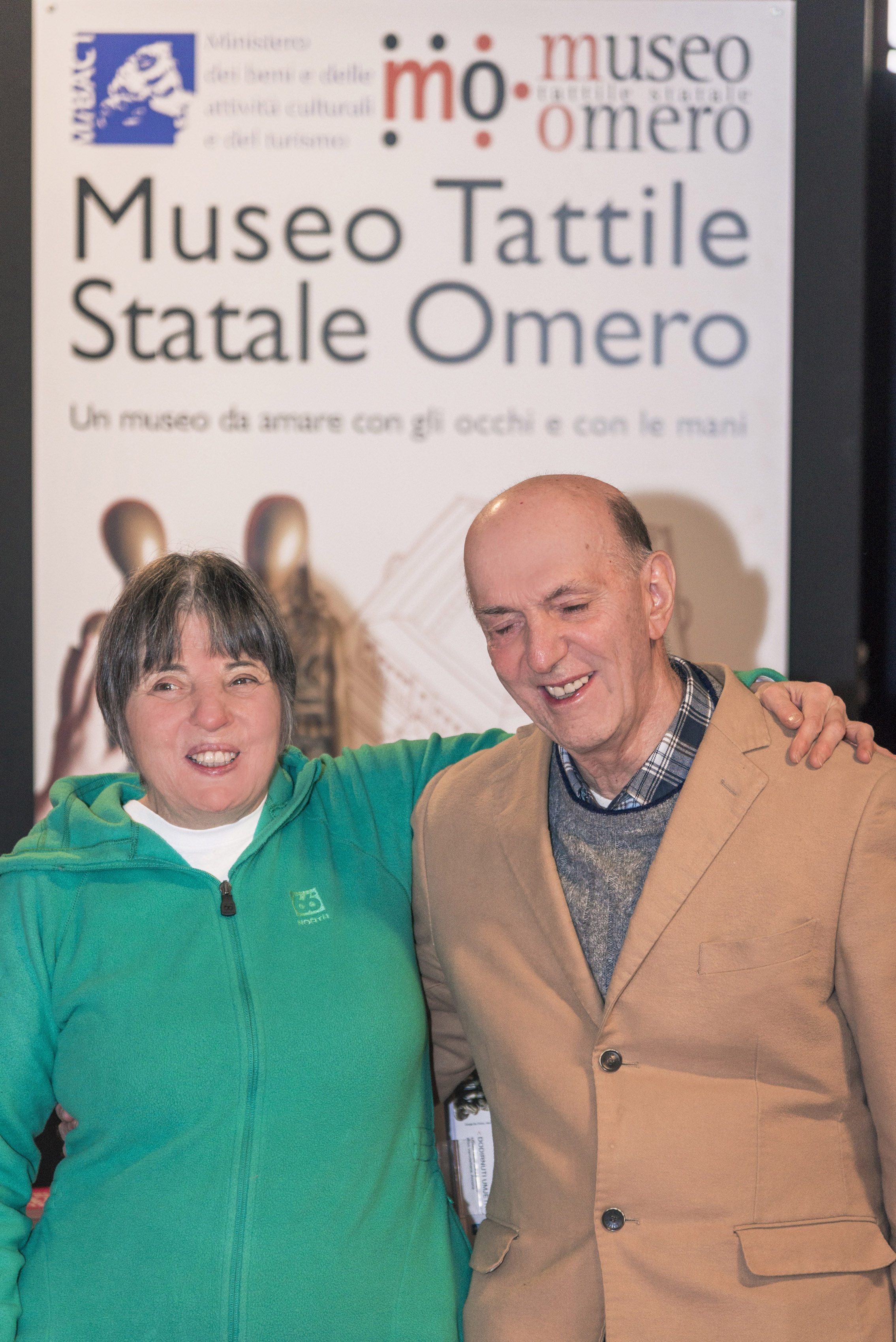
Il desiderio di conoscere le forme delle sculture non solo dalle descrizioni della critica raffinata e colta, la brama di esplorarle con le mani, la tenacia nel perseguire questa fame di arte hanno fatto sì che riuscissero a concepire l’idea di un museo dove chiunque potesse utilizzare il senso del tatto per avvicinarsi ai capolavori di ogni tempo con la libertà di sentirli propri. Così, ben più di venticinque anni fa (il 29 maggio 1993) è nato il Museo Omero ad Ancona. All’inizio la sua sede è stata un’ala di una scuola. Dal 2008 finalmente ha trovato collocazione in un ambito più adatto a tanto raro ente: ora la Mole Vanvitelliana è la sede prestigiosa di questa istituzione, divenuta statale.
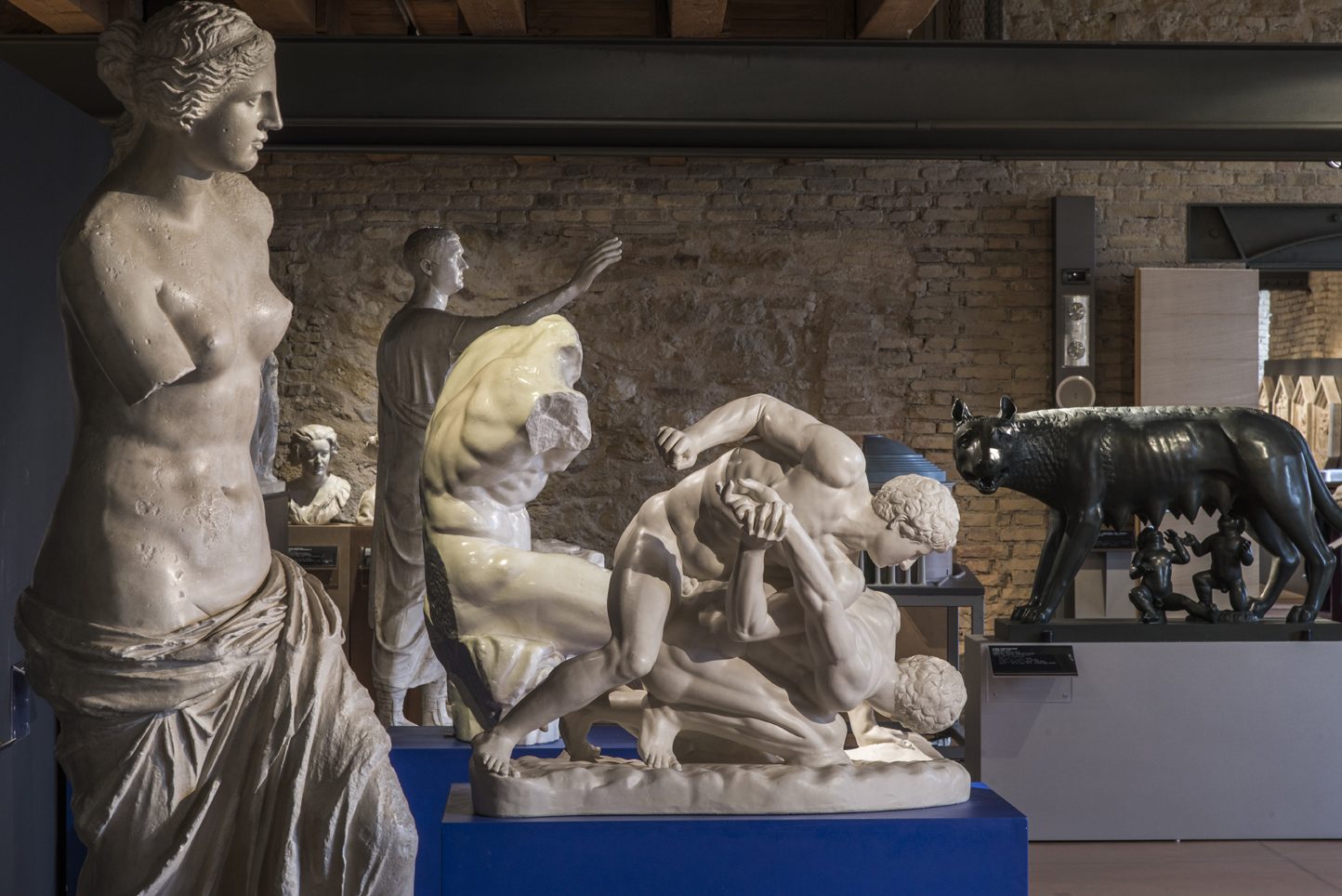
Chi frequenta il Museo Omero? Certamente non solo i non vedenti. Tutti possono farlo. Il visitatore, se lo desidera, può sperimentare il percorso al buio: con gli occhi bendati e con l’ausilio degli addetti viene indirizzato a percorrere le sale, soffermandosi davanti alle varie opere, toccare volti, corpi, gesti, espressioni, scoprire volumi e prospettive attraverso le proprie mani.
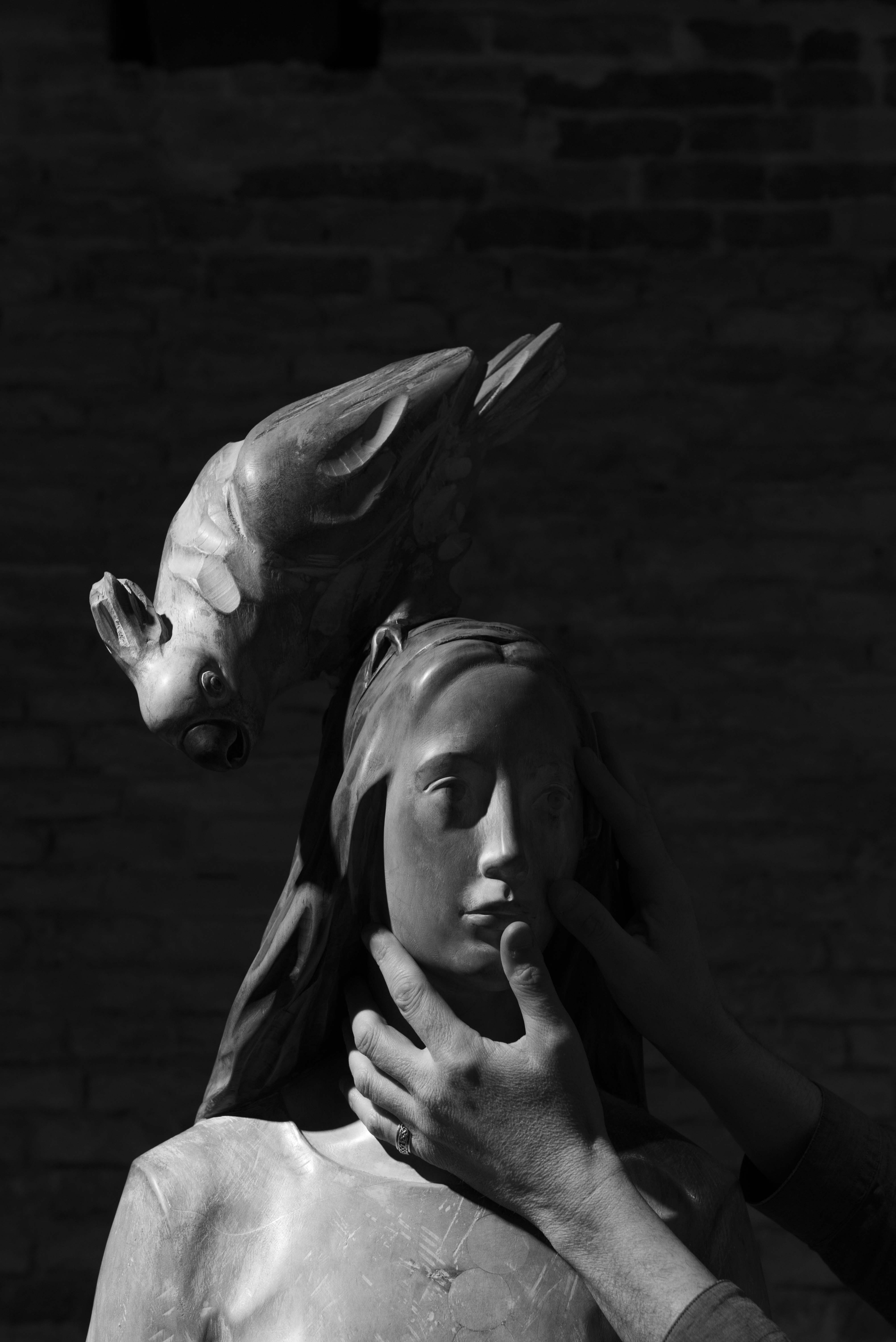 Quindi una struttura non solo per chi non può misurarsi con la luce e l’immagine, ma per rivelare a tutti, le possibilità della percezione. Il Museo Tattile Statale Omero ha fatto dell’osservazione tattile il suo principale canale di conoscenza: un approccio all’estetica in gran parte ancora inesplorato anche dalle persone non vedenti, nonostante la sua profonda valenza epistemologica.
Quindi una struttura non solo per chi non può misurarsi con la luce e l’immagine, ma per rivelare a tutti, le possibilità della percezione. Il Museo Tattile Statale Omero ha fatto dell’osservazione tattile il suo principale canale di conoscenza: un approccio all’estetica in gran parte ancora inesplorato anche dalle persone non vedenti, nonostante la sua profonda valenza epistemologica.
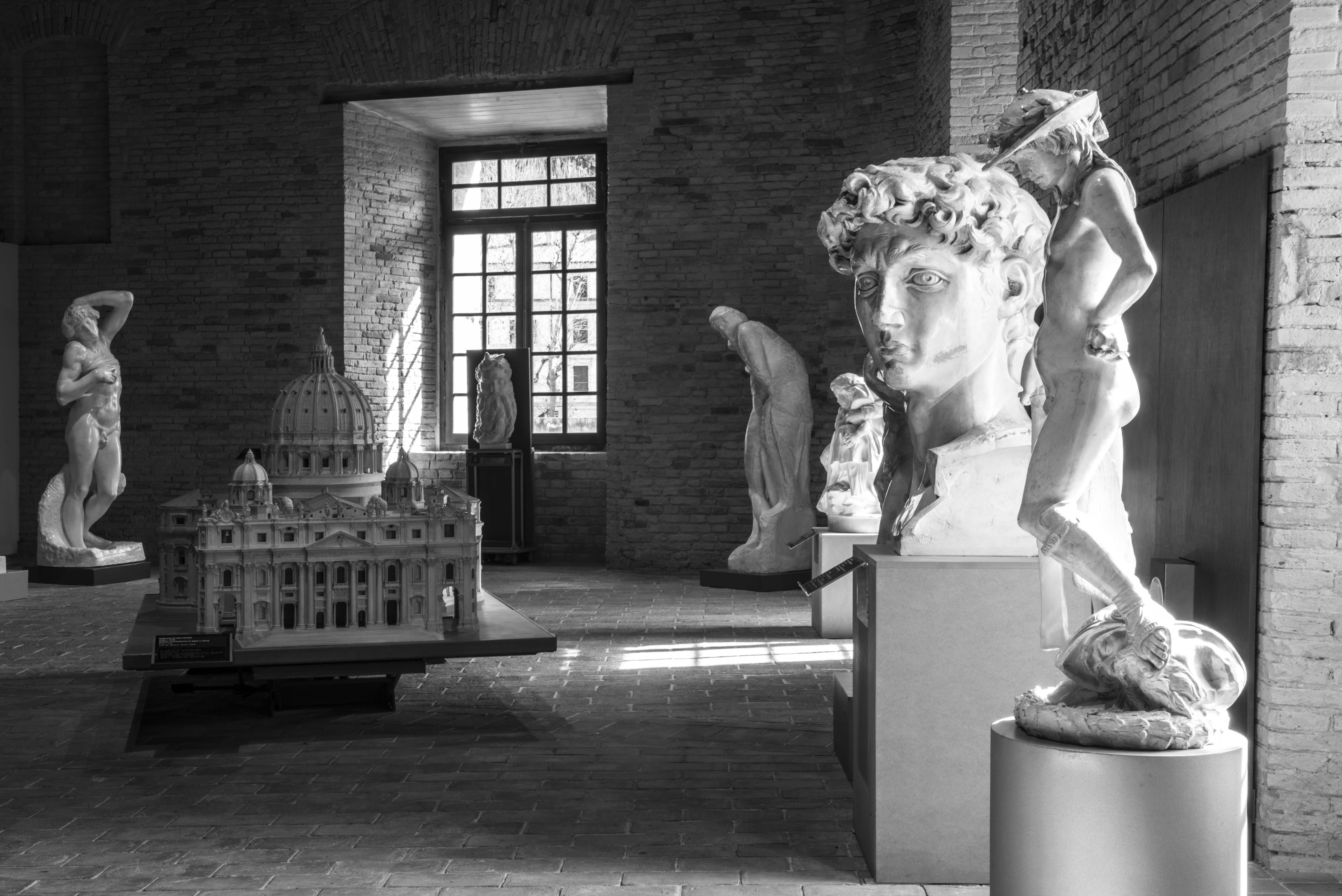
Il Museo è nato con lo scopo di colmare il vuoto nel panorama dei servizi culturali per non vedenti, ma anche con l’obiettivo di offrire a tutti uno spazio innovativo dove la percezione artistica passa attraverso suggestioni plurisensoriali extra visive.
Negli anni è diventato centro di elaborazione di progetti e attività creative, laboratori, concerti, mostre, convegni e formazione. E’ molto frequentato da gruppi scolastici che partecipano anche ai laboratori. Con il tempo si sono moltiplicati i progetti e le collaborazioni internazionali con le Università ( Kofu, Giappone), gli Istituti di Cultura Italiani all’estero ( Egitto e Beirut), Musei ( la Città della Scienza- la Villette a Parigi, Museo archeologico di vilamuseu, Alicante) .
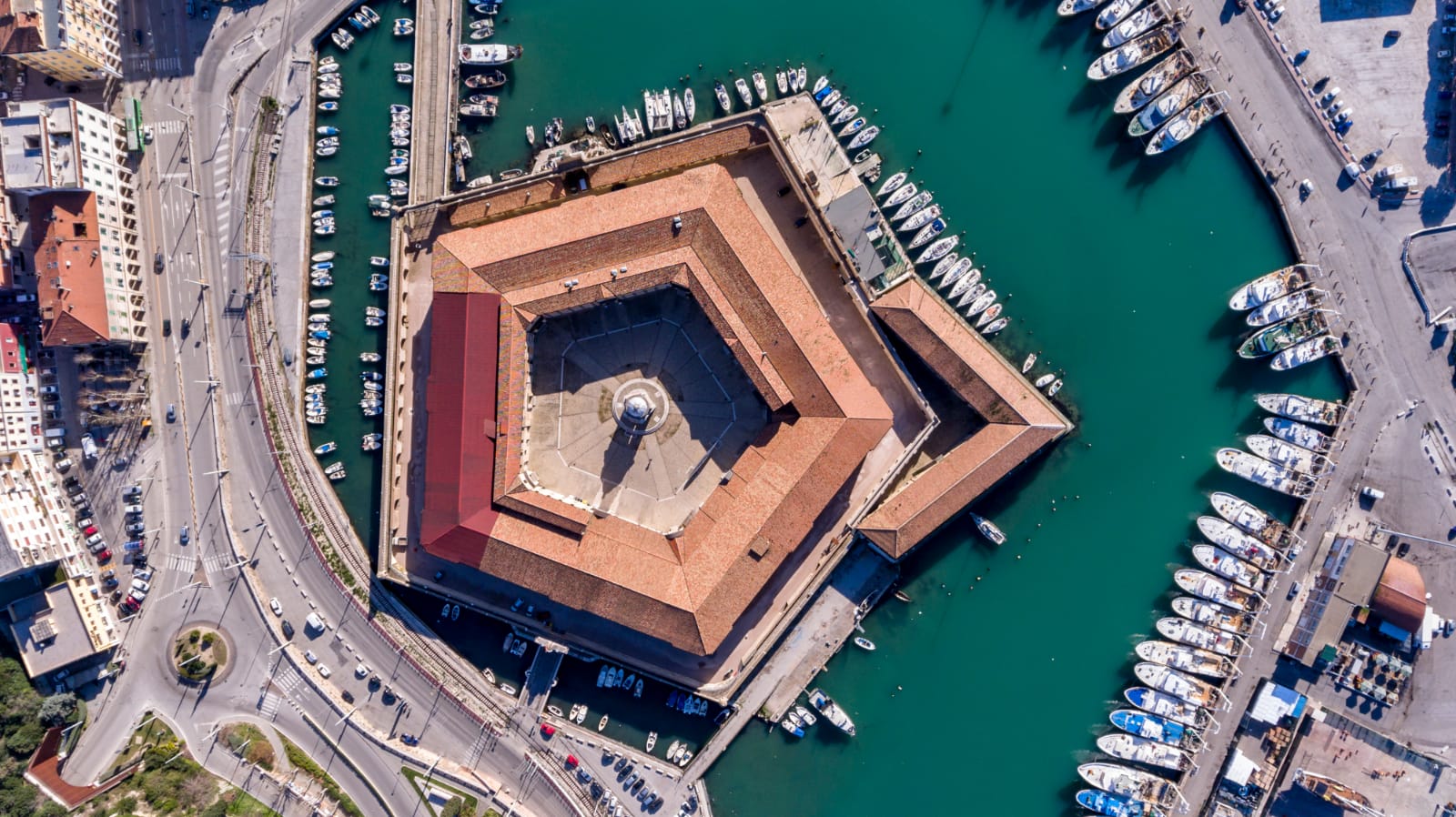 In questo periodo si svolgerà la XVIII edizione di Sensi d’Estate – percorsi multisensoriali di Arte Teatro Musica Odori e Sapori, tutti i mercoledì dal 17 luglio al 21 agosto
In questo periodo si svolgerà la XVIII edizione di Sensi d’Estate – percorsi multisensoriali di Arte Teatro Musica Odori e Sapori, tutti i mercoledì dal 17 luglio al 21 agosto
Nei giorni della rassegna sarà poi aperta e visitabile nelle sale del Museo Omero la mostra “RABARAMA e i giovani artisti” fino alle 24 con sculture da accarezzare, libri tattili da sfogliare e composizioni musicali da ascoltare: opere di Rabarama e i lavori finalisti degli studenti che hanno partecipato alla Biennale Arteinsieme, ispirandosi alla scultrice e al Maestro Michele Mariotti.
L’ingresso al Museo Omero è libero con i seguenti orari: da settembre a giugno dal martedì al sabato ore 16 – 19; domenica e festivi ore 10 – 13 e 16 – 19.
Da luglio a agosto: martedì, mercoledì, giovedì, sabato ore 17- 20; venerdì, domenica e 15 agosto ore 10 – 13 e 17 – 20.
Sono previste aperture straordinarie per gruppi e scuole.
Dal 17 maggio al 22 novembre 2019 aperto anche la mattina ore 10 – 13 in occasione degli approdi delle crociere al Porto di Ancona. Rimane chiuso il lunedì.
Questo Museo viene visitato in gran parte da persone non residenti e da stranieri: è una ricchezza per la città di Ancona. Grazie ad Aldo e Daniela e a tutti i loro collaboratori.
Non puoi non toccare ciò che ami ( Aldo Grassini )
articolo di Carla Virili
{:}{:en}The city of Ancona deserves a world record in cultural heritage.
Two individuals with disability made this possible and they made a virtue out of necessity. They are Daniela Bottegoni and Aldo Grassini, they are both blind and a couple who share the passion for travelling, culture, arts, which they approached with awareness and attention using the available senses, first of all the touch.

The wish to know the shapes of the sculptures not only from the descriptions made by refined and educated critics, the desire to explore them with their hands, the insistence in pursuing this craving for arts made it possible for them to develop the idea of a museum where everyone could use the sense of touch to understand better the masterpieces of arts enjoying the freedom to feel them as they own. That is how the Museo Omero in Ancona was funded more than twenty-five years ago (on May, 29 1993). In the beginning its main seat was located inside a school, while in 2008 it moved finally in a much more adequate location , that is the Mole Vanvitelliana which became the prestigious seat of the now public museum.

Who attends the Museo Omero? Not only the blind for sure. Everyone can do it. The visitors, if they wish, can experience the path in the dark: blindfolded and with the help of the museum workers they are directed to walk the halls, pausing in front of the various works, touching faces, bodies, gestures, expressions, discovering volumes and prospects through their own hands.

So a structure not only for those who cannot measure themselves against light and image, but to reveal to everyone, the possibilities of perception. The Museo Tattile Statale Omero (i.e. Tactile State Museum Omero) has made tactile observation its main channel of knowledge: an approach to aesthetics largely unexplored even by blind people, despite its profound epistemological value.
The Museum was born with the aim of filling the void in the panorama of cultural services for the blind, but also with the aim of offering everyone an innovative space where the artistic perception is delivered through extra visual multi-sensorial suggestions.
Over the years it has become a centre for creative projects and activities, workshops, concerts, exhibitions, conferences and training. It is very popular with school groups that also participate in workshops. Over time, international projects and collaborations have developed with universities (Kofu, Japan), Italian Cultural Institutes abroad (Egypt and Beirut), Museums (The City of Science at La Villette in Paris, Archaeological Museum of Vilamuseu in Alicante).

In this period, the 18th edition of “Sensi d’Estate” will take place, that is multisensory courses of Arts, Theater, Music, Smells and Flavours, every Wednesday from July, 17th to August, 21st. In the days of the exhibition, the exhibition “RABARAMA and young artists” will be open to the public in the rooms of the Omero Museum until 24 with sculptures to caress, tactile books to browse and musical compositions to listen to: works by Rabarama and finalist works by students who have participated in the Biennale Arteinsieme, inspired by the sculptor and Maestro Michele Mariotti.
Admission to the Omero Museum is free at the following times: from September to June from Tuesdays to Saturdays 4 – 7 pm;
Sundays and holidays 10am – 1pm and 4pm – 7 pm.
From July to August: Tuesdays, Wednesdays, Thursdays, Saturdays 17-20;
Fridays, Sundays and August, 15th (bank holiday) from 10 – 13 and 17 – 20.
There are special openings for groups and schools.
From May, 17th to November, 22nd 2019 open also in the morning 10 am – 1 pm on the occasion of the cruise landing at the Port of Ancona. Closed on Mondays.
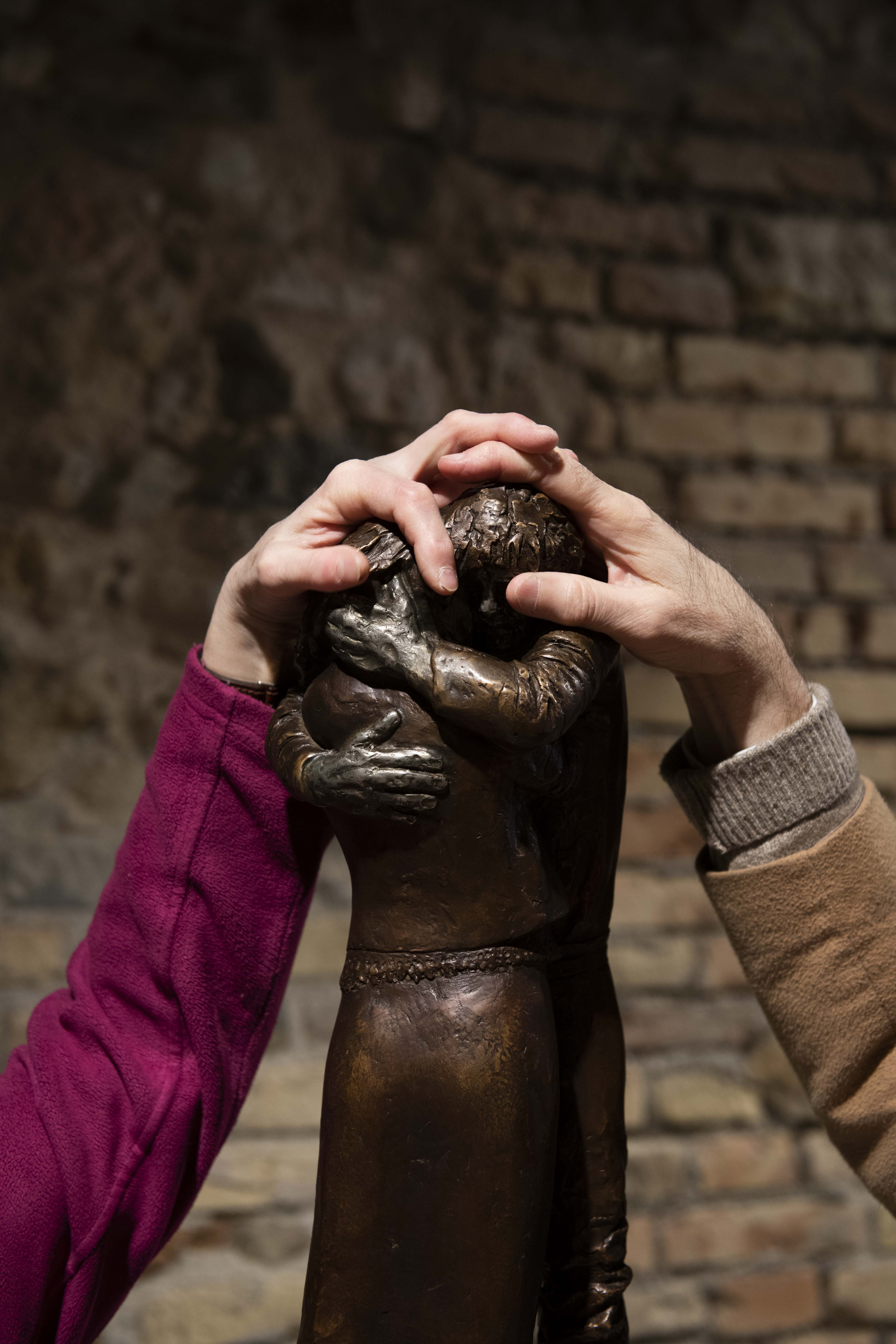
This museum is mostly visited by non-residents and foreigners: it is a treasure for the city of Ancona. Thanks to Aldo and Daniela and all their collaborators.{:}

1 commento
Verissimooooooooooooooooooooo … l’eccellenza dell’amore alla vita di cui l’arte è il senso vitale … del nostro essere e stare al mondo. Un grazie ad Aldo Grassini, collega stimatissimo e amico della mia famiglia